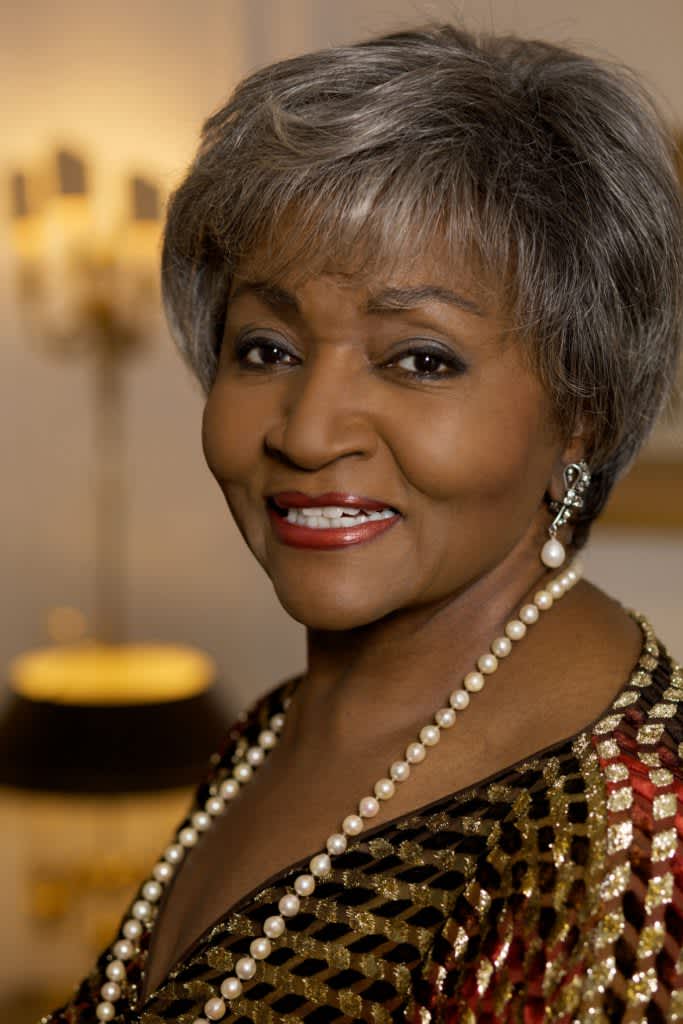

Blow’s 2014 memoir of the same title, this is the second opera by a Black compositional team that has appeared at Lyric.

Based on The New York Times columnist Charles M. “I want to be the turnkey.Lyric Opera’s presentation of Terence Blanchard’s Fire Shut Up in My Bones- an expanded version co-commissioned with the Metropolitan Opera and LA Opera - takes its place in the rich history of vernacular popular, religious, and classical art music traditions in Chicago. “The key to all this for me is, I don’t want to be the token,” he added. I’m listening for, How can I make this better next time?” Even in this read-through, I’m not listening to the notes. “Something that has an ethnic base, where I could bring in some other types of instruments. “If I do another one, I’d want to do a fictional story,” he said. And Blanchard is already mulling his evolution as an opera composer. Gelb, who has offered sustained commitments to favored composers like John Adams, Thomas Adès and Philip Glass, said he’d like to plan more of Davis’s works, which include “Amistad” and “The Central Park Five,” the Pulitzer winner for music last year. The future seems brighter than the past, however absurd the belatedness.

This month the company announced that its second work by a Black composer would follow swiftly: Davis’s “X” will have its Met premiere in fall 2023, in the slot originally planned for “Fire.” Valerie Coleman, Jessie Montgomery and Joel Thompson are among the composers in the company’s dual commissioning program with Lincoln Center Theater. “And he still promises to write it we talk about it every year or so.” “When I first came to the Met, one of the first composers I approached about writing an opera was Wynton Marsalis,” Gelb said. The approach to contemporary work has changed significantly under Gelb, who was appointed in 2006. “It didn’t seem like the Met was a possibility,” said Anthony Davis, whose “X: The Life and Times of Malcolm X” was heard at City Opera in 1986. And while “Porgy” was written by white artists, it contractually requires a Black cast, and could have seemed to check the “Black opera” box - for anyone who cared back then - after its Met premiere in 1985. With New York City Opera developing a reputation for presenting new music - in 1949, it finally gave the premiere of Still’s “Troubled Island” - the Met may well have considered itself off the hook. The revival elsewhere of Scott Joplin’s “Treemonisha,” in the 1970s, missed the company.

They weren’t a priority for James Levine, who presided over only a few during his four-decade artistic reign.
#Metropolitan opera house black singers series#
“What we learned is that it really needed time in certain places on either side of the scene change - more time to settle, so it’s not just a series of scenes together.” “The piece has a lot of scenes it’s very cinematic,” Robinson said. In its audience-pleasing variety - expansive solos mingle with foot-tapping dances - “Fire” evokes what might have come had he succeeded.īut the creative team agreed that some tweaks were needed after St. Louis premiere for The Times, Anthony Tommasini wrote, “Restless vocal lines shift from plaintive lyrical phrases, to sputtered outbursts, to a style that seems a jazz equivalent of Italianate arioso.” Otto Kahn, an influential Met board chairman, wrote in 1925 that he had tried to interest popular jazz eminences like Jerome Kern, Irving Berlin and George Gershwin in writing operas for the company. “I didn’t want people to come in and think they were going to hear the Basie band,” Blanchard said. (One result is a notably more natural setting of English than in many contemporary operas.) Even with a jazz quartet in the pit alongside the orchestra - Blanchard’s answer to a Baroque continuo - there’s little classic swing in the mix. Jazz technique is the foundation of Blanchard’s composing style, which begins with charting the rhythms of the text and a series of chord progressions, from which the melodies emerge.


 0 kommentar(er)
0 kommentar(er)
